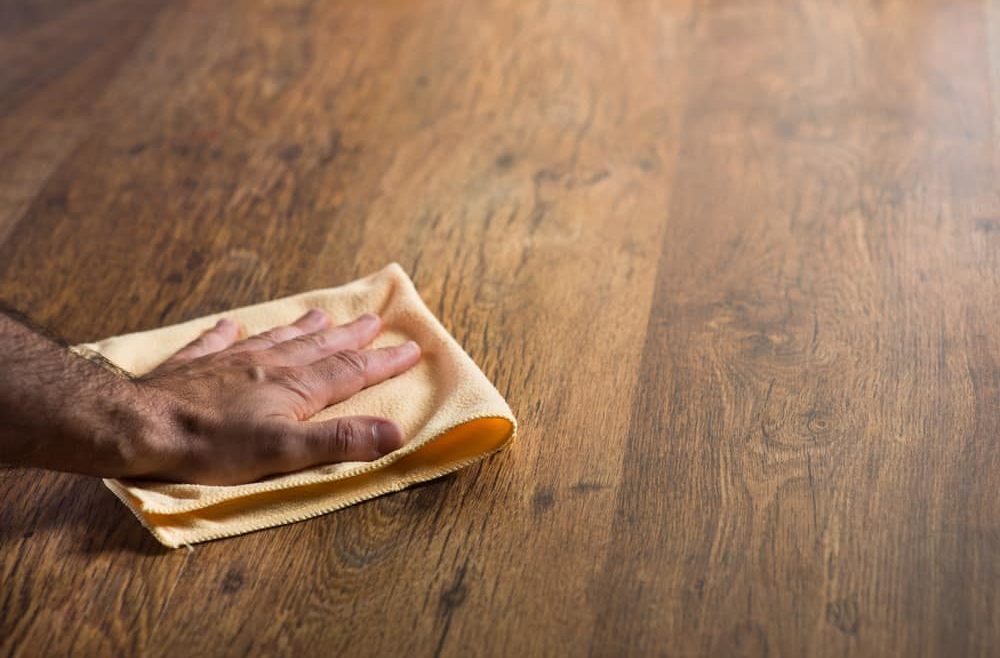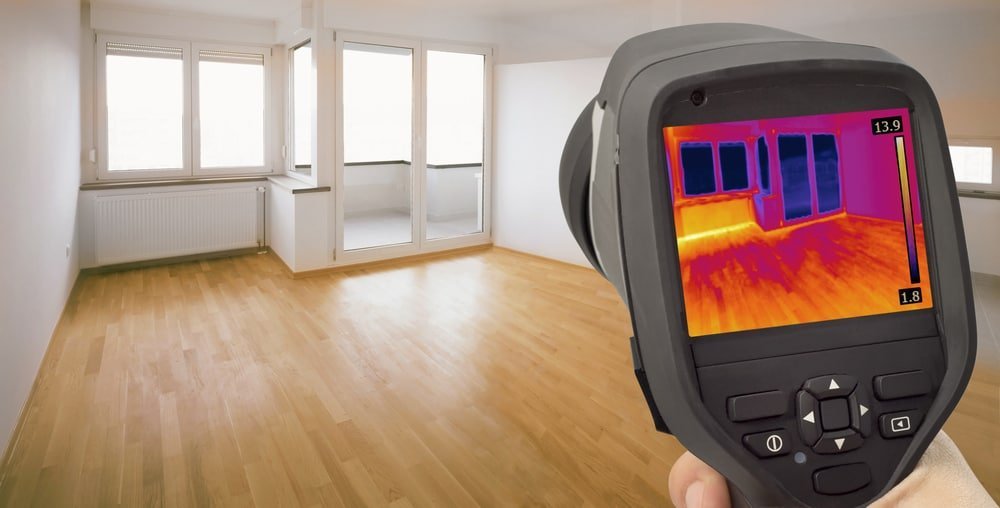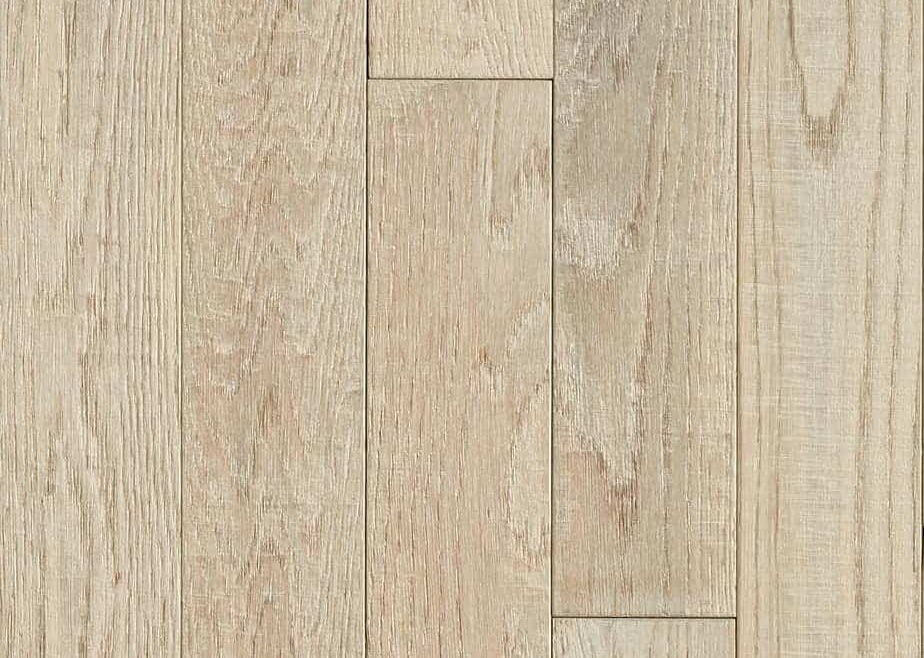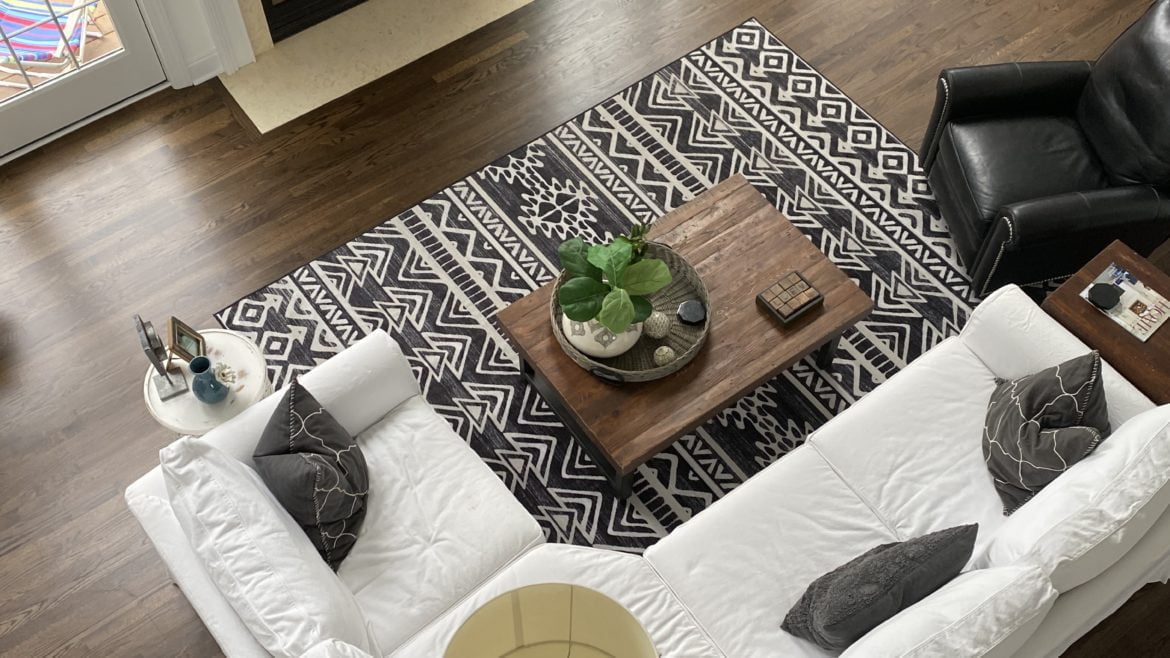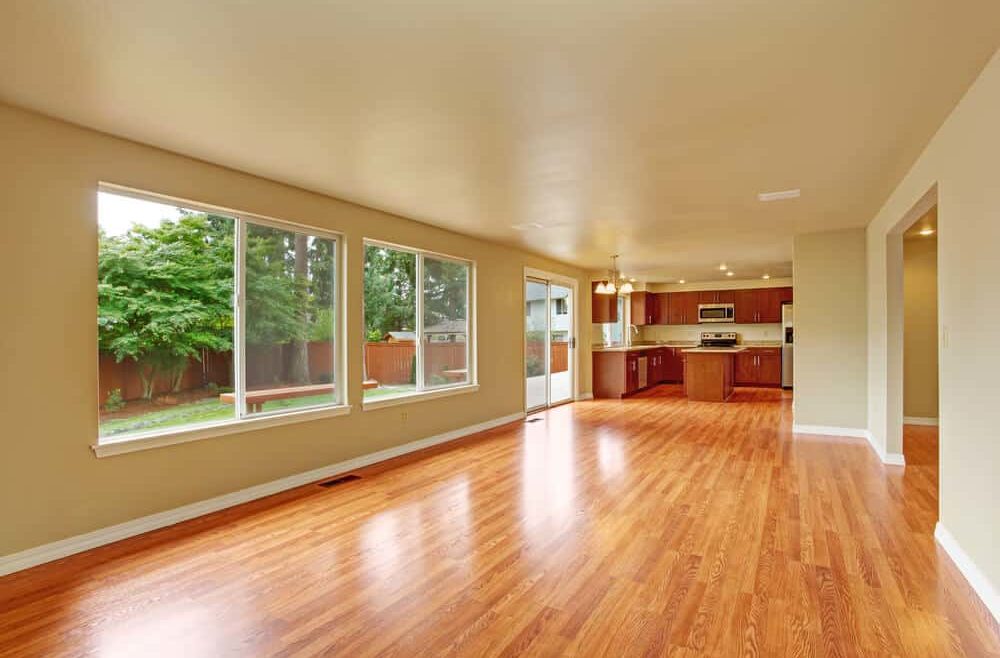Are you considering installing hardwood floors in your home, but you’re unsure whether to choose engineered or solid hardwood? Well, you’re not alone. Many homeowners struggle with this decision, as both options have their pros and cons. But fear not, because in this article, we will break down the difference between engineered and solid hardwood floors, helping you make an informed decision that best suits your needs and preferences.
Contents:
What is the Main Difference Between Engineered and Solid Hardwood Floors?

When it comes to choosing between engineered and solid hardwood floors, it’s important to understand the main differences between the two. While both options provide the beauty and warmth of real wood, they have distinct characteristics that set them apart.
1. Construction
Solid hardwood floors are made from a single piece of solid wood. Each plank is typically made from a hardwood species, such as oak, maple, or cherry, and is milled to a specific thickness. The planks are then installed by nailing or stapling them to a subfloor. Solid hardwood floors are known for their durability and longevity, and they can be sanded and refinished multiple times to restore their original beauty.
On the other hand, engineered hardwood floors are constructed using multiple layers of wood. The top layer, also known as the wear layer, is made from a hardwood veneer. This layer gives engineered hardwood its authentic appearance and can be made from various wood species. Beneath the wear layer, there are several layers of plywood or high-density fiberboard (HDF) that are stacked in a cross-grain pattern.
2. Installation Method
Solid hardwood floors are typically installed using the nail-down method. This involves nailing each individual plank directly to the subfloor. This installation method requires a plywood or wooden subfloor and is not suitable for concrete or radiant heating systems. The nail-down method provides a secure and stable installation, but it can be more time-consuming and labor-intensive.
On the contrary, engineered hardwood floors offer more flexibility in terms of installation methods. They can be installed using the nail-down method, similar to solid hardwood, but they also offer additional options such as glue-down and floating installations.
3. Durability
Solid hardwood floors are known for their exceptional durability. They can withstand heavy foot traffic and are less prone to scratches and dents compared to engineered hardwood floors. With proper maintenance and care, solid hardwood floors can last for generations and can be sanded and refinished multiple times to restore their original beauty.
Engineered hardwood floors offer good durability as well, but not to the same extent as solid hardwood floors. The top layer of engineered hardwood is made from real wood, providing a natural and authentic appearance. However, the lower layers are made from plywood or high-density fiberboard (HDF), which may not be as durable as solid wood.
4. Cost

Conversely, engineered hardwood is made up of several layers of wood, with a top layer of real hardwood veneer and lower layers of plywood or high-density fiberboard (HDF). This construction method allows for greater stability and resistance to moisture, making it a more cost-effective option. The use of less expensive materials in the lower layers helps to reduce the overall cost of engineered hardwood.
5. Aesthetics
Solid hardwood floors have a timeless and traditional appeal. They are made from a single piece of solid wood, which gives them a rich and authentic look. The natural variations in grain patterns, color, and texture create a unique and warm atmosphere in any room. Solid hardwood floors can be sanded and refinished multiple times, allowing you to change the stain or finish to match your evolving style preferences.
As compared to solid hardwood floors, engineered hardwood floors offer a wider range of options when it comes to aesthetics. They consist of multiple layers of wood, with a top layer of real hardwood veneer. Engineered hardwood is available in various wood species, finishes, and plank sizes, allowing for greater versatility in design.
Is Maintenance and Care Also Important in Choosing Between the Two?
Yes, maintenance and care are also important factors to consider when choosing between engineered and solid hardwood floors. While both types of flooring require regular upkeep to ensure their longevity and beauty, there are some differences in the maintenance requirements.

On the other hand, engineered hardwood floors are more resistant to moisture and temperature fluctuations due to their layered construction. This makes them a better choice for areas with high humidity or below-grade installations. While engineered hardwood floors still require regular cleaning and maintenance, they are generally more forgiving when it comes to moisture-related issues.
What should you choose between the two?
When it comes to choosing between engineered and solid hardwood floors, there are a few factors to consider. Both options have their own advantages and disadvantages, so it ultimately depends on your personal preferences and needs.
To decide which option is right for you, consider factors such as the location of the flooring, the level of foot traffic, and your budget. If you are installing the flooring in a basement or a bathroom where moisture is a concern, engineered hardwood floors may be the better choice. However, if you prioritize durability and the ability to refinish the floors in the future, solid hardwood floors may be the way to go.
Ultimately, the decision between engineered and solid hardwood floors depends on your specific needs and preferences. Take the time to research and compare the options, and consult with a flooring professional if needed, to ensure that you make the right choice for your home.












